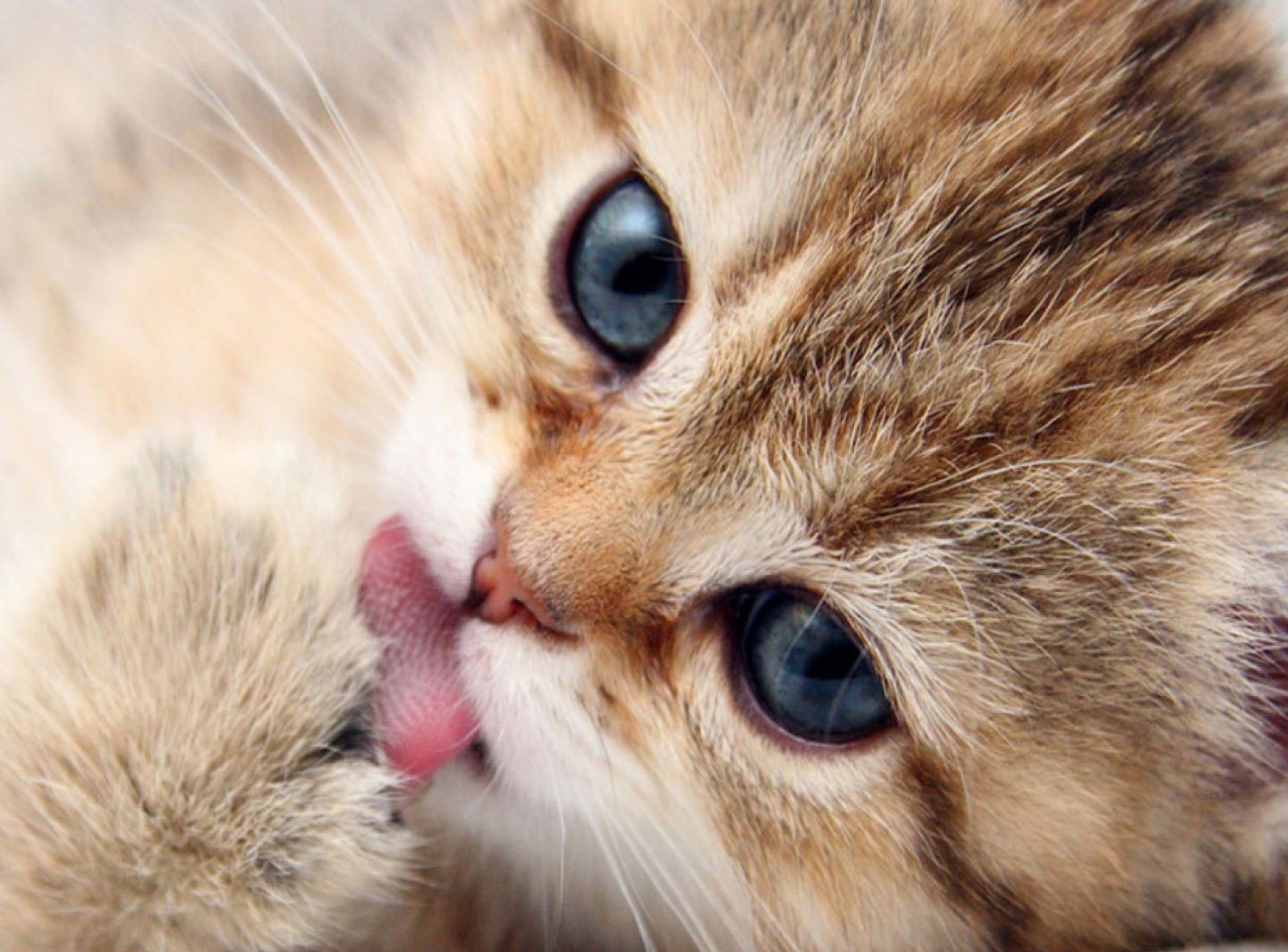Most dog and cat owners are not aware of pet blood donation schemes and animal blood banks, finds a survey of pet owners published in Vet Record.
However, the majority of owners in this study said they would be willing to allow their pets to donate blood, suggesting that just like human blood donation, raising awareness could help to increase donor numbers, say the researchers.
The need for small animal blood is growing in veterinary practice. The proportion of pets that donate blood is unknown, but is likely to be very small, and the demand for blood is probably greater than the supply available.
So researchers at the Royal Veterinary College set out to investigate pet owners’ awareness of small animal blood donation and their attitude and motivations towards their pet being a blood donor.
Their findings are based on data from 158 dog and cat owners over the age of 18 who attended a veterinary clinic for an appointment over a 10-day period.
Owners were asked to fill out an anonymous questionnaire on their awareness of pet blood donation, whether they would be happy for their pet to donate blood if suitable, and motivations and concerns about their pet taking part in blood donation.
[rand_post]
Of the 158 people who completed the questionnaire, 110 (70%) were not aware that pets could donate blood and 118 (75%) were unaware that pet blood banks existed.
One hundred and forty (89%) stated they would be willing to let their pets donate blood if they were suitable, while 18 (11%) stated that they would not.
There was no significant difference between the proportion of male and female owners willing to let their pet donate. However, cat owners were less likely to let their pets donate than dog owners, as were owners aged 71 years or more, and those who worked full time.
When responses were analysed into themes, ‘beneficence’ (the desire to help others or save lives) was the most common motivation noted by owners willing to let their pets donate blood.
This was followed by ‘necessity of service’ (a recognition of the need for blood products) and ‘reciprocity’ (a hope that if they took part this would result in blood products being available for their pet).
The theme of ‘reservations and concerns’ included animal welfare implications (predominantly from cat owners who thought their pet would experience anxiety) and the need for further information on the procedures involved.
[ad_336]
The researchers point out that this was a relatively small survey limited to one clinic, so views may not represent the larger pet-owning public. However, they say this is “an important starting point in understanding the opinions and awareness of the pet-owning population regarding pet blood donation.”
This study suggests that donor recruitment “could be markedly increased by improving the awareness of pet owners about pet blood donation,” they conclude.
Commenting on the findings, British Veterinary Association Junior Vice President Daniella Dos Santos said: “This paper throws up interesting findings about awareness levels about pet blood donation and factors motivating owners to let their pets donate.”
“While donor blood can be vital in saving lives of critically ill or injured pets, using animals for blood donation raises certain ethical questions, as highlighted in the study. Although the practice is legally permissible, it is very important that pet owners are aware of the risks involved and give informed consent for their pet to donate blood.”
“Not all cats and dogs will be suitable for blood donation and the risk of complications is far higher in cats than in dogs. Any potential donors should meet strict criteria – including a physical examination by a vet- before they can donate blood.”
